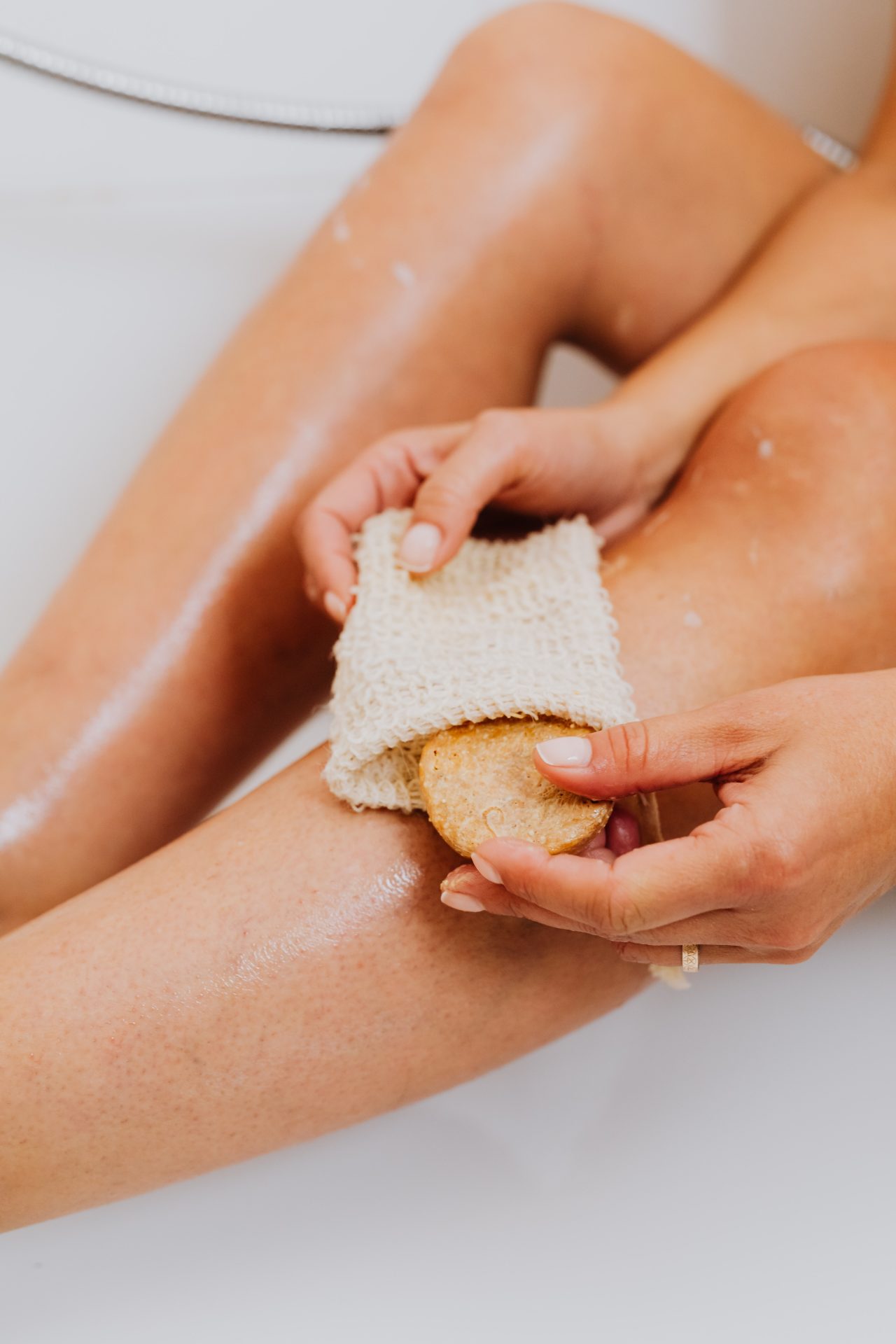How to Exfoliate Safely at Home

Exfoliation involves scrubbing away dead skin cells from the top layer of your skin. It’s not for everyone, even if some individuals think this makes their skin seem better. It might cause more harm than benefit if done poorly.
To prevent harming your skin, escalating redness, or producing acne breakouts, exfoliate cautiously if you do decide to do so.
Before selecting an exfoliation technique, it’s crucial to take your skin type into account because not all types of exfoliation will be effective for all skin types:
- Skin that is sensitive may sting or burn after applying the lotion
- Clear and normally sensitive skin
- Skin that is rough, flaky, and itchy
- Skin that is greasy seems shiny
- Dry spots and oily spots are seen in combination skin
Your skin type should be taken into consideration when deciding whether to exfoliate at home mechanically or chemically. By physically removing them with a scrape or tool, such as a brush or sponge, dead cells of skin are physically separated from the skin. Using substances like alpha and beta hydroxyl acids, chemical exfoliation removes dead skin cells gently.
Dermatologists advise the following safety measures to be taken when exfoliating the skin:
- Consider the skin care items you already use. Several treatments, including over-the-counter drugs and prescription retinoid lotions, might cause your skin to become more delicate or even peel. After using these products, exfoliating could make dry skin worse or possibly cause acne.
- Select a method of exfoliation that is appropriate for particular skin type. A washcloth and a mild chemical exfoliator may be preferred for people with sensitive, or pimple skin as mechanical exfoliation may aggravate their skin too much. It may be essential to use more abrasive chemical sprays or mechanical exfoliation on those with oilier, thicker skin. Use gentle chemical exfoliation rather than rigorous mechanical exfoliation if you have darker skin or see black spots on your skin following acne, bug bites, or burns. For certain people, especially others with darker skin tones, more aggressive exfoliating methods may leave black spots on the skin.
- Take good care of your skin. Any cleansers or chemical exfoliators you use should be applied with delicate, minute, circular strokes. After roughly 30 seconds of this, rinse with lukewarm, not boiling, water. Use quick, delicate strokes to apply the makeup whether you’re using a brush or sponge. Never exfoliate if you have open wounds, cuts, or burns on your skin.
- After, apply moisturiser. Following exfoliation, the skin might become dry. To keep your skin moisturised and healthy after exfoliating, moisturise right afterwards.
- Discover your ideal timetable. Your skintone and exfoliating method will determine how frequently you should exfoliate. The frequency of exfoliation decreases with increasing exfoliation rigour. Avoid over-exfoliating because this might make your skin irritated and inflamed.
If you’re unclear of your skintone or have concerns about exfoliating, speak with a dermatologist who has received board certification. A dermatologist can examine your skin and assist you in determining whether exfoliation is right for you.
Read some related articles here to learn more about skin rejuvenation.